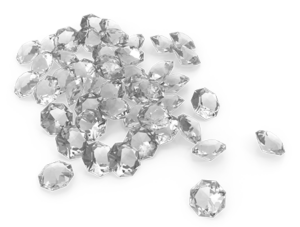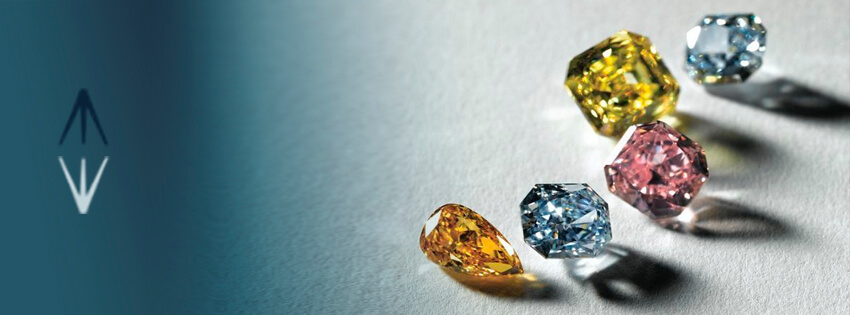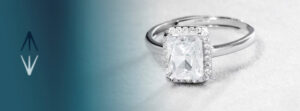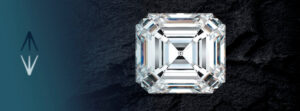Clarity and orientation are two of the most critical factors in evaluating a diamond. These elements not only influence the overall appearance of the gem but also affect its market value. Understanding how they are evaluated and what they mean is essential for any diamond buyer. In this article with diamantes.com, we will delve into what clarity and orientation are, how they are measured, and how these characteristics determine a diamond’s value.
What is Diamond Clarity?
Diamond clarity refers to the presence of inclusions (internal imperfections) and blemishes (external imperfections) in the stone. These imperfections form during the crystallization process, under the tremendous pressure and temperature that diamonds undergo in the Earth. The clarity of a diamond is crucial because it can affect both the aesthetics and the value of the diamond.

Common inclusions include:
- Crystals: Small mineral crystals trapped inside the diamond during its formation.
- Feathers: Small cracks inside the diamond that may or may not be visible to the naked eye.
- Clouds: Clusters of tiny inclusions that can create a hazy effect.
Clarity is graded on a scale ranging from Flawless (FL), where no inclusions are visible under 10x magnification, to Included (I3), where inclusions are clearly visible to the naked eye.
What is Diamond Orientation?
Diamond orientation refers to the alignment of the diamond’s facets and how they affect the way light reflects and refracts within the stone. Proper orientation maximizes the diamond’s brilliance and “fire,” while poor orientation can make the stone appear dull or overly flashy in the wrong way.
Factors affecting orientation include:
- Cut: A symmetrical and well-proportioned cut ensures that light reflects optimally within the diamond.
- Depth and Table: The ratio between the diamond’s depth and the size of its table (the flat top surface) directly influences its brilliance.
Correct orientation is crucial for the diamond to reflect as much light as possible, enhancing its brilliance and natural beauty.
Diamond Clarity Chart
Below is the clarity chart used to evaluate diamonds. Each clarity grade has a significant impact on the diamond’s appearance and value.
| Clarity Grade | Description | Visual Example |
|---|---|---|
| Flawless (FL) | No inclusions visible under 10x magnification. | |
| Internally Flawless (IF) | No internal inclusions; only minor external blemishes visible under 10x magnification. | |
| Very Very Slightly Included (VVS1, VVS2) | Minute inclusions that are very difficult to see under 10x magnification. | |
| Very Slightly Included (VS1, VS2) | Very small inclusions that are difficult to see under 10x magnification. | |
| Slightly Included (SI1, SI2) | Noticeable inclusions under 10x magnification that may not be visible to the naked eye. | |
| Included (I1, I2, I3) | Inclusions clearly visible to the naked eye, affecting durability and appearance. |
Diamond Orientation Chart
The following chart details the different grades of diamond orientation, showing how orientation affects the stone’s appearance and value.
| Orientation Grade | Description | Impact on Appearance |
|---|---|---|
| Excellent | Light reflects and refracts optimally, maximizing brilliance. | Exceptional brilliance. |
| Very Good | Most light reflects correctly, with near-perfect brilliance. | Very good brilliance. |
| Good | A significant amount of light is lost due to suboptimal orientation. | Acceptable brilliance. |
| Fair | Much light escapes due to orientation errors, resulting in a loss of brilliance. | Reduced brilliance. |
| Poor | Light scatters incorrectly, making the diamond appear dull or flashy in the wrong way. | Insufficient brilliance. |
How Clarity and Orientation Affect Diamond Value
Clarity and orientation are two of the factors that most influence a diamond’s value. A diamond with high clarity and excellent orientation will have extraordinary brilliance and fire, significantly increasing its value. However, a diamond with low clarity and poor orientation may appear dull and less attractive, reducing its value.

When purchasing a diamond, it’s important to consider how these factors balance with other characteristics, such as color and carat weight. A well-balanced diamond that combines adequate clarity with excellent orientation will be a solid and aesthetically pleasing investment.
Tips for Buying Diamonds Based on Clarity and Orientation
- Evaluate with a loupe: Always examine diamonds with a 10x magnification loupe to check clarity and orientation.
- Consult an expert: A certified jeweler can help you interpret clarity and orientation charts to make an informed decision.
- Balance the 4Cs: Don’t focus on just one characteristic. Consider how clarity and orientation combine with color, cut, and carat weight.
- Research certificates: Ensure the diamond has a certificate from a recognized authority that details its clarity and orientation.
Frequently Asked Questions About Diamond Clarity and Orientation
What is the difference between clarity and orientation in a diamond?
Clarity refers to the internal and external imperfections of the diamond, while orientation refers to how the diamond’s facets have been cut to maximize its brilliance.
What clarity grade is most recommended for an engagement ring?
For engagement rings, VS1 and VS2 grades usually offer a good balance between quality and price, with inclusions that are difficult to detect with the naked eye.
How does diamond orientation affect its brilliance?
Correct orientation maximizes the amount of light that reflects within the diamond, increasing its brilliance and making it appear brighter and larger.
Is it possible to improve a diamond’s clarity through cutting or polishing?
In some cases, cutting or polishing can improve the external appearance of a diamond, but internal inclusions generally cannot be removed without compromising the diamond’s integrity.
Conclusion
Understanding clarity and orientation is crucial for making informed decisions when buying diamonds. These characteristics not only affect the gem’s overall appearance but also have a significant impact on its value. By using clarity and orientation charts, buyers can more accurately assess a diamond’s quality and ensure they are making a worthwhile investment. Remember to balance clarity and orientation with other factors like color, cut, and carat weight to find the perfect diamond.




